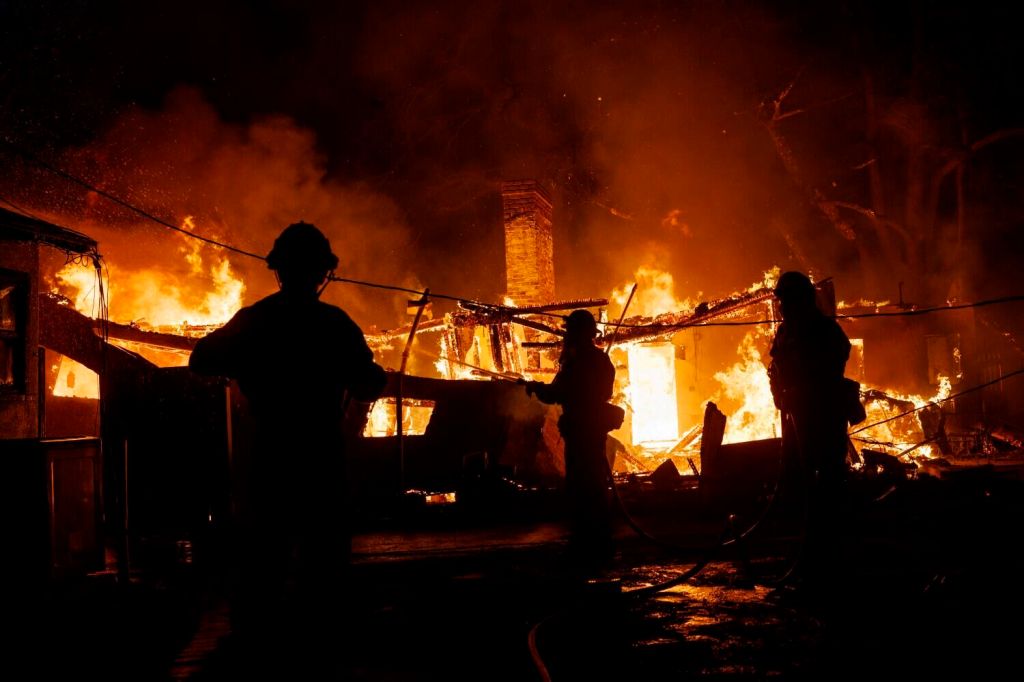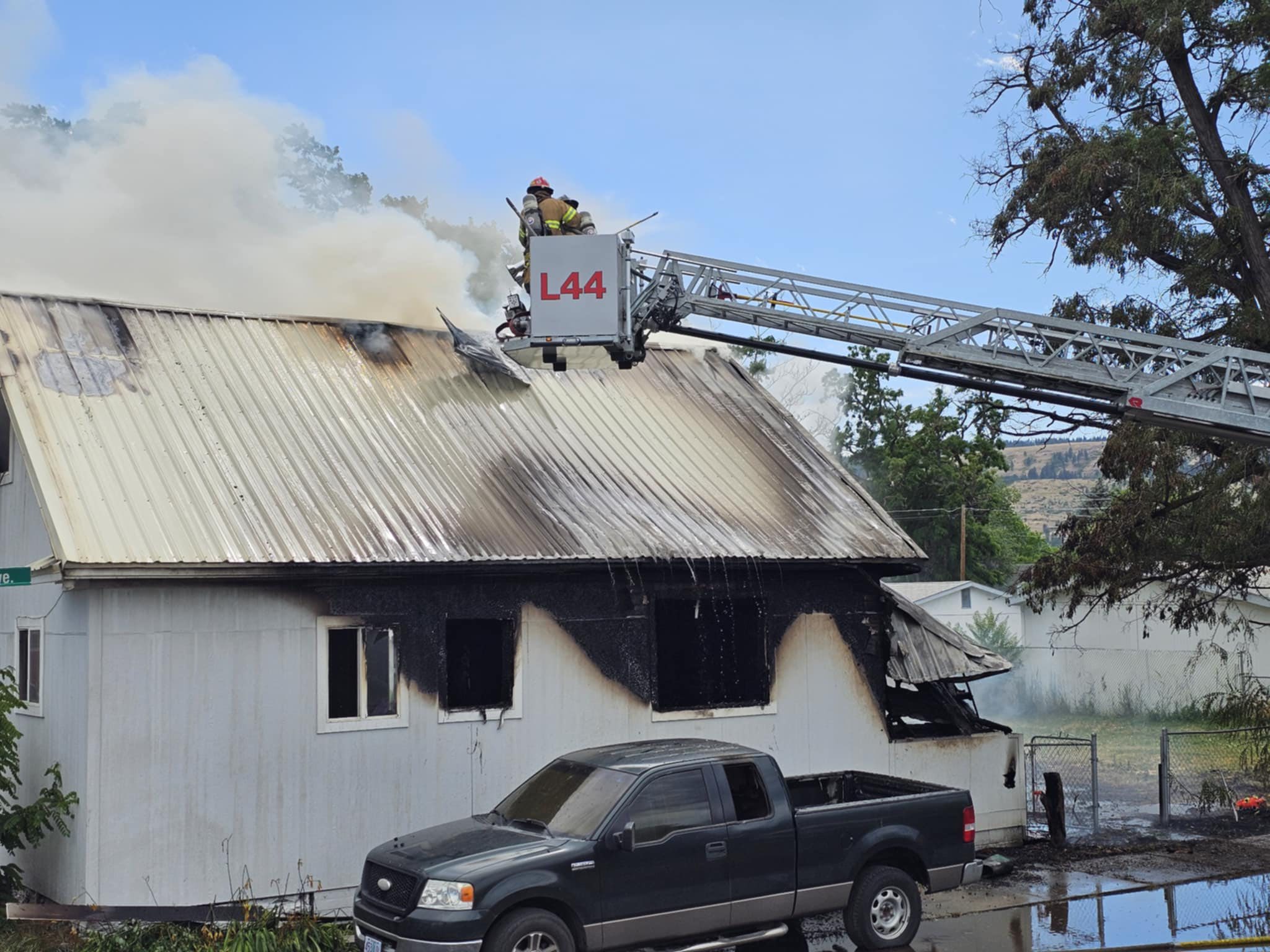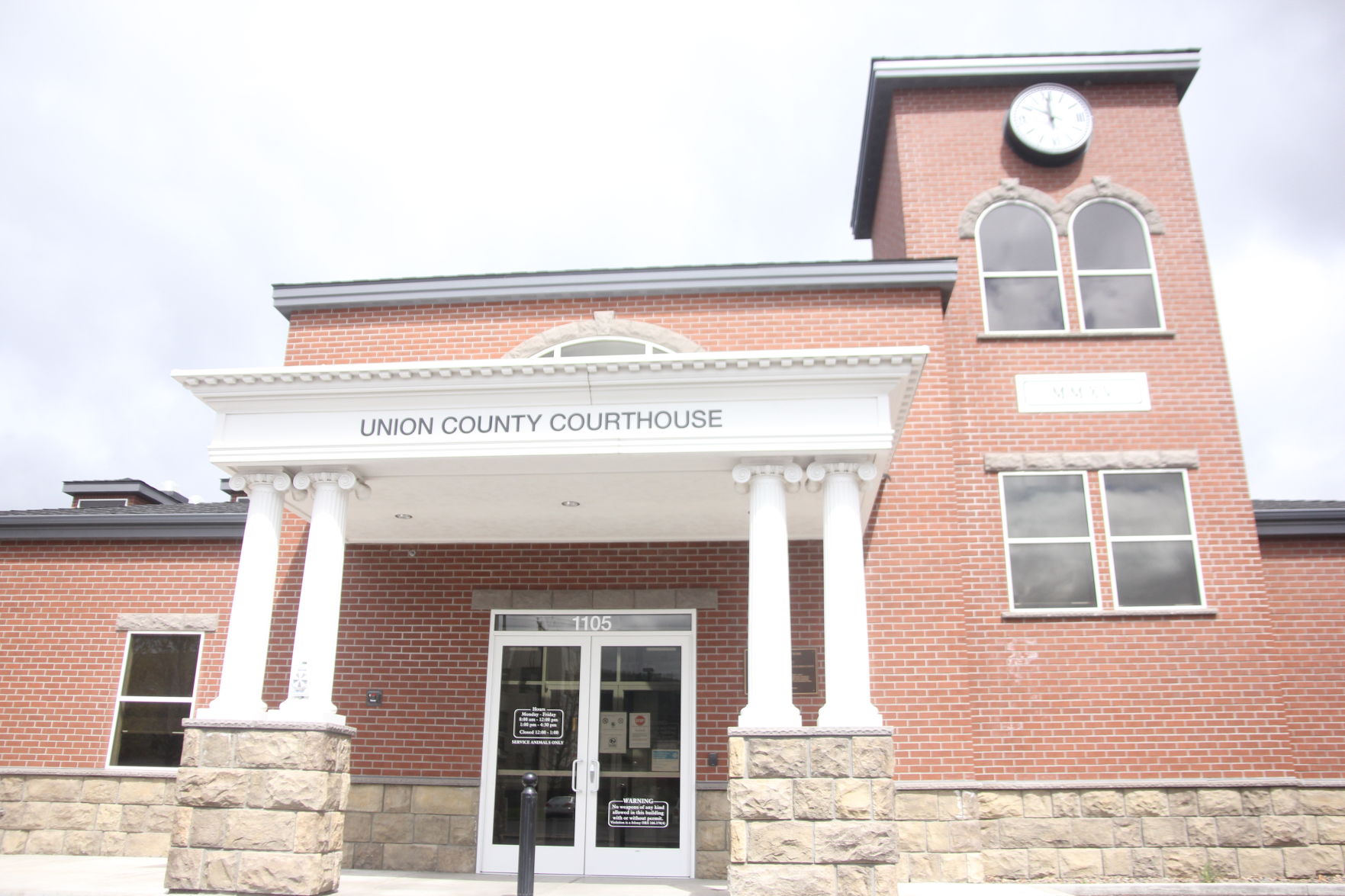Firefighters from La Grande, Baker City among those battling deadly blaze near Pasadena
Published 8:43 am Tuesday, January 14, 2025

- Firefighters are silhouetted against an engulfed home while keeping the flames from jumping to an adjacent home on Glenrose Avenue during the Eaton Fire on Jan. 8, 2025, in Altadena, California.
Danielle Weaver figured she’d be shoveling snow in the middle of January rather than spraying water on a wildfire that has killed 17 people and destroyed several thousand homes near Pasadena, California.
But then came the phone call.
It was Wednesday, Jan. 8.
Weaver, who lives in Baker City and works for the Oregon Department of Forestry as a firefighter and forester, took the call around 10 a.m.
Santa Ana winds were propelling two wildfires through areas northeast and northwest of Los Angeles.
Within two hours or so, two other ODF fire engine captains from La Grande, Cody Rickert and Anthony Goodwater, were picking up Weaver in Baker City.
The trio drove south in an engine that has a 400-gallon water tank. They stayed that night in Reno, Nevada, then continued the drive to Southern California. They arrived at the Rose Bowl, the famous football stadium in Pasadena, around 3 p.m. on Thursday, Jan. 9.
Soon after they were patrolling fire lines and trying to prevent the Eaton Fire from ravaging more residential neighborhoods.
In a phone interview from Pasadena on Tuesday morning, Jan. 14, Weaver said the experience in some ways has been quite different from what she’s used to in fighting wildfires in Northeastern Oregon.
Population is the biggest discrepancy.
Weaver, who has lived in Baker City for several years, said blazes in Northeastern Oregon that burn in the “wildland urban interface” — where forests or rangelands mix with residential areas — typically threaten just a handful of homes at most.
The Eaton Fire, by contrast, which had burned 14,117 acres as of Jan. 14, has devastated, and continues to threaten, neighborhoods where “it’s just houses next to each other for block after block,” Weaver said.
“It’s very different from what I’m used to,” she said.
So is the weather.
Although temperatures in the 60s are balmy compared with the 20s and 30s prevailing this week in Baker City, Weaver said nights in Pasadena have been chilly. And the winds at higher elevations have been cold.
“It’s weird to wear down coats in the morning while working on a fire,” Weaver said.
During fire season in Northeastern Oregon, which typically runs from around July 1 through September, daytime temperatures are typically in the 80s or above.
Early start
Although Oregon firefighters sometimes travel to the Southwest to fight fires in late winter or early spring, when the fire danger is all but nonexistent here, Weaver said she had to scramble to pack her gear after taking the call on Jan. 8.
“This is a earliest (in the year) I believe a lot of us have ever been called out,” she said. “Sort of a surprise, trying to get back into fire mode.”
Weaver said she, Rickert and Goodwater are staying in a motel near Pasadena.
During their shifts they have worked both in populated areas and in the steep — in places nearly vertical, she said — terrain north of Pasadena.
Weaver said chaparral — types of brush with oily leaves that easily carry fire — poses a major challenge to firefighters.
“I think that’s what makes firefighting so tough down here,” she said.
Wind makes the situation even more volatile.
Weaver said the gusts forecast for Monday, Jan. 13, didn’t materialize.
But meteorologists are predicting strong winds Tuesday and Wednesday, potentially reaching near hurricane force on Tuesday.
With such combustible conditions, Weaver said firefighters are focusing on mopping up residual pockets of heat.
“If you miss even one small spark or ember it’s going to be another start once that wind kicks up,” she said.
The ODF crew is on a 14-day assignment, not including travel time, Weaver said. That could be extended to 21 days.









